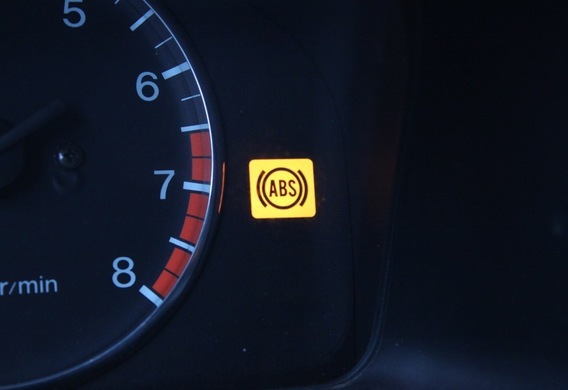
ABS (anti-lock braking system) allows for the control of the vehicle during heavy braking to prevent wheel lockout. Also, the ABS system reduces the stopping distance on virtually any surface. The ABS control lamp on the instrument panel is designed to report that the system is not in order. When the anti-lock indicator is turned on, you need to run diagnostics to understand the problem.
The anti-lock braking system consists of the following components:
1. ABS sensors on each wheel
2. Hydraulic block
3. A unit that monitors the correctness of the buckshot
4. ABS control lamp on the dashboard
The ABS lamp must be lit for every ignition switch. The car tells the driver that the ABS system is working. When the engine is started, the ABS lamp shall be extingufied. If the anti-lock lamp has caught fire and continues to burn or ignite periodically during a trip, this indicates a possible defect in the ABS system. The following problems are most commonly encountered:
1. Problems in the transaction, contacts, and connections
2. Logoback of the ABS control unit
3. Lost communication with one or more ABS sensor on wheels (usually due to wire breakers)
4. failure of one or more ABS sensors
In any of the above breakdowns, the anti-lock braking system will be completely inoperable or will not function correctly. If the ABS Lamp is turned on, then the gas is off, which means there's a contact problem somewhere. You need to check the wiring and connections. The most unpleasant problem is the failure of the ABS. Most often, blocks that fail and "gather" water and dirt are broken.







